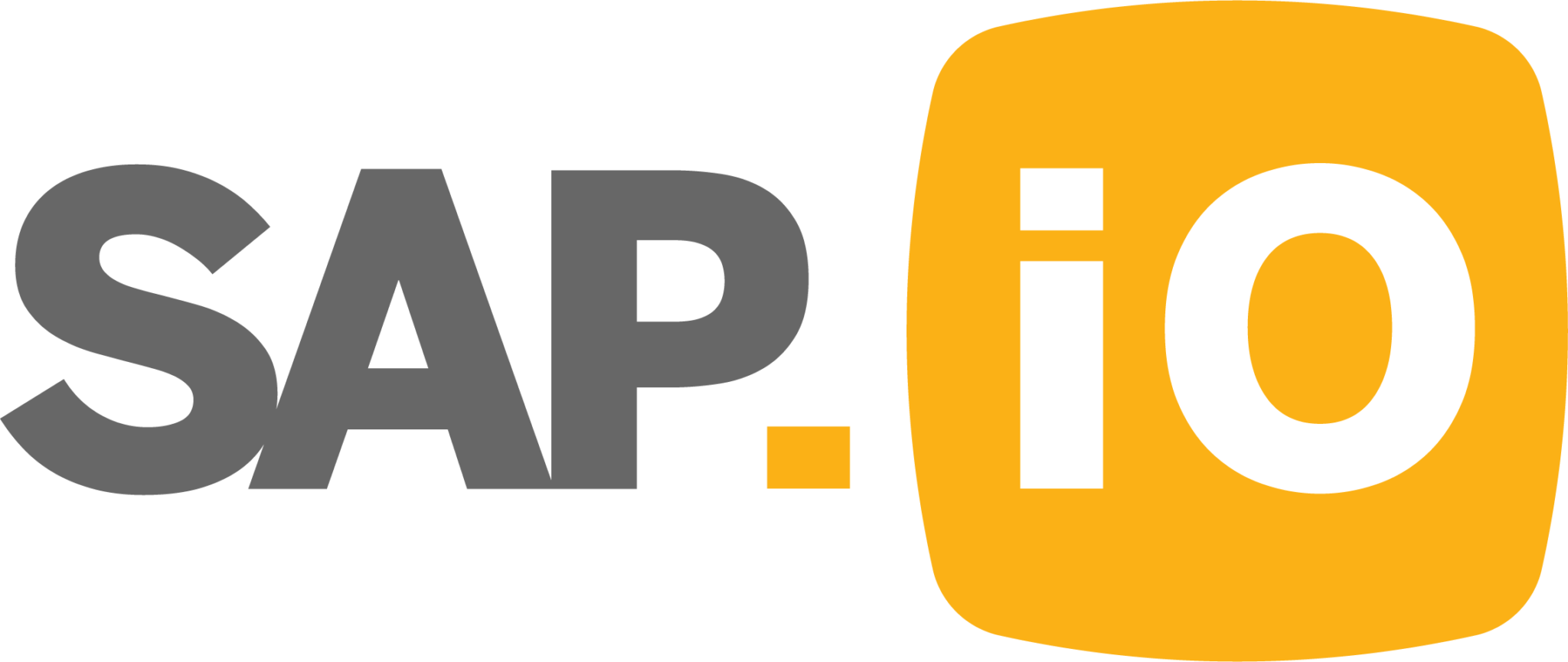
DataRobot, the leader in enterprise AI, today announced the acquisition of Zepl, a cloud data science and analytics platform. The acquisition — unveiled today at DataRobot’s virtual conference, AI Experience Worldwide — will unlock new capabilities within DataRobot’s enterprise AI platform for the world’s most advanced data scientists.
“We have always known that to lead the AI market, we must embrace all creators of AI systems, from analysts and citizen data scientists who prefer using a GUI to advanced data scientists who love to code,” said Dan Wright, CEO of DataRobot. “Through the addition of Zepl, we now give advanced data scientists more flexibility to use our enterprise AI platform within their existing workflows, including the ability to use their own code. By incorporating Zepl into the DataRobot platform, we plan to further democratize data science across every enterprise and significantly accelerate our code-centric roadmap.”
Zepl was founded by the creators of Apache Zeppelin, an open source notebook for data and analytics that has been downloaded more than 500,000 times by data scientists from some of the biggest brands in the world. Zepl provides a self-service data science notebook solution for advanced data scientists to do exploratory, code-centric work in Python, R, and Scala with enterprise-ready features such as collaboration, versioning, and security.
DataRobot will incorporate Zepl as a cloud-native, self-service notebook in its enterprise AI platform to drive productivity, efficiency, and collaboration for multiple personas. This will unlock additional flexibility for data scientists who prefer to code by allowing them to write their own tasks and custom models extending the out-of-the-box capabilities provided by DataRobot. With the integration of Zepl, business analysts will be able to build models using the power of DataRobot’s automation and then collaborate with their advanced data science colleagues for additional customization if desired, all on the same platform. It will also provide a more transparent view of the code behind DataRobot blueprints, further enhancing trust and explainability within the platform.
Read More…





